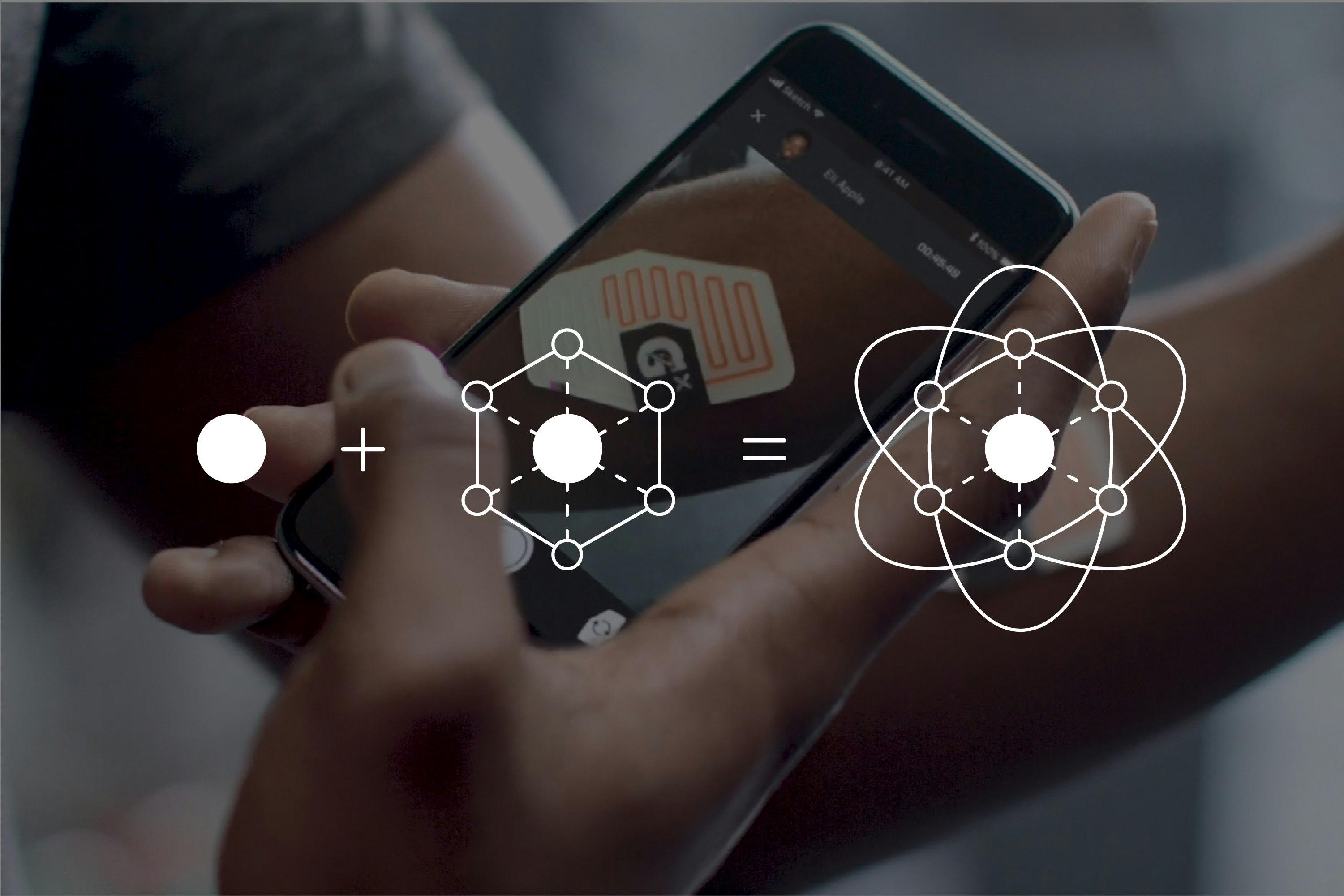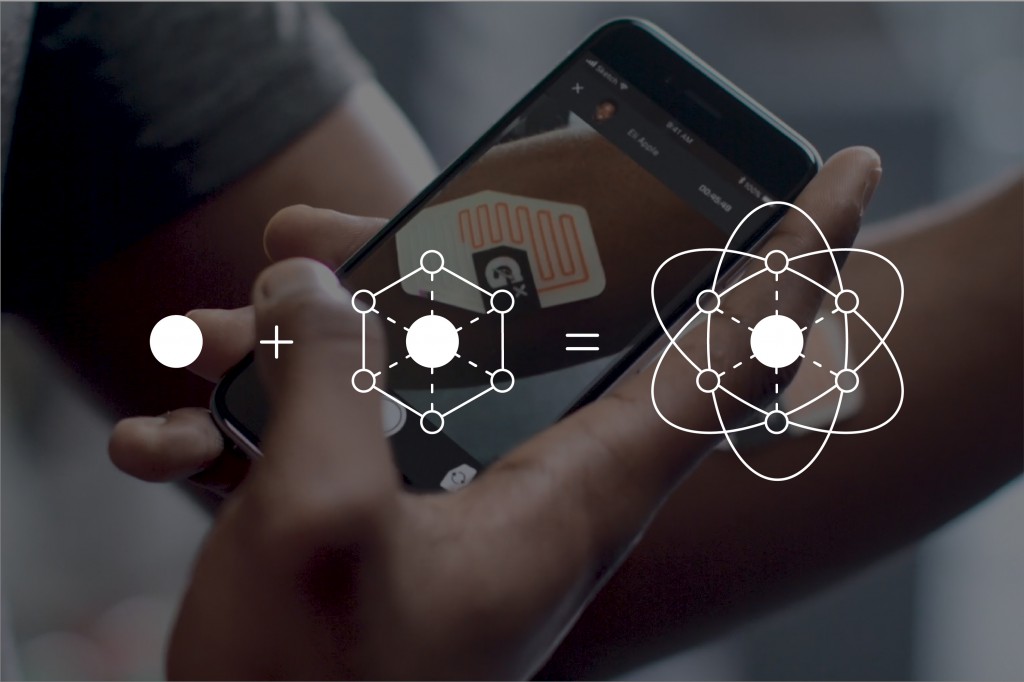Digital Transformation is Old News

The question is: how to deliver growth in a digital world? A consumer-centric ecosystem will get you there.
It’s a given that the future is digital. Products, services, and experiences must resonate with digital-centric consumers. That’s why businesses today make significant investments in IT solutions, believing that applying technology across an organization will future proof themselves from current and emerging competitors.
Yet all too often, these efforts fall short: A recent survey found that 70 percent of digital initiatives do not succeed. And of the $1.3 trillion spent on such efforts in 2019, an estimated $900 billion went to waste—largely because companies fail to focus closely enough on consumer behavior or look far enough into the future.
In a marketplace wherein competition for consumer attention is fierce, understanding the customer perspective—now, and in years to come—is more essential than ever. To meet the needs of digital-era consumers, human-centered innovation is critical to build an ecosystem of complementary products and services to deepen and enrich these relationships.
It’s not about how you do digital transformation—or even innovation. But how you become consumer-centric for a digital future.
Smart Design has developed its Ecosystem Growth Strategy to help businesses reach this goal, by reimagining new customer experiences beyond existing products. As there’s no single pathway to a digital future, this ecosystem might include an app or AI, but also new product offerings, partnerships in adjacent categories, emerging technology, or retail concepts. It might also entail entering new and previously untargeted market segments and channels.
Using our ecosystem strategy, we’ve worked with Ford to facilitate “last mile” package deliveries using not only the automaker’s trucks but also bicycles, foot couriers, and a digital platform as part of a systematic solution to increase delivery efficiency and relieve road traffic in congested communities. And for yogurt maker Chobani, we suggested ways to add both digital touch points and new products to its Gimmies product line for kids and families.
Our collaboration with Gatorade created a dynamic ecosystem that was uniquely based on its core strengths—iconic sports beverages and sports science—along with emerging macro-trends around personalization and quantified self. Leveraging the hypothesis “every athlete is unique,” we piloted projects and services with high school and university athletes and pro sports teams—and the Brazilian national soccer team—who validated the proposition by showing a clear preference for personalized products and services.
Gatorade’s ecosystem now includes personalized athletic equipment, a digital recommendation platform, Gx sports fuel pods, and service partnerships with Kinduct, a leading athlete management system. Gatorade will soon launch the Gx Sweat Patch, a wearable diagnostic technology that captures and analyzes perspiration data to generate personalized sports-fueling recommendations.
The business impact for Gatorade has been significant: increased equipment sales, elevated consumer engagement, broad earned media reach, with more than 50 professional teams around the world utilizing its digital services so far. And within the organization, there’s a newly formed ecosystem team focused on building capabilities and launching solutions at the convergence of digitally enabled products and services.
Here are the tactics and methodologies of Smart Design’s Ecosystem Growth Strategy:
Identify a Hypothesis and Start Experiments
Determine what a company does best: its core strengths, brand truths, and competitive advantages. Look at market and macro-economic trends and customer behavior patterns, and quickly set up a consumer experience experiment to see which concepts have relevance and resonate with users.
Be Flexible and Open to New Solutions
Focus on a range of ecosystem ingredients and how they come together to create distinct and viable offerings. Some will fail, and pivots will happen along the way—and not all the solutions will necessarily be digital. These findings become a living innovation roadmap, setting the stage for a pilot.
Launch and Openly Celebrate Pilots
Piloting is core to ecosystem growth—to both assess value propositions and optimize business models as a company builds confidence to scale commercially. Opening up pilots to the public and celebrating them with customers, employees, partners, and investors accelerates innovation momentum and gains credibility with customers—and sometimes even intimidates competitors.
Reframe Innovation Impact and ROI
As innovation is not a top priority for CEOs, winning executive-level support can be daunting. Reframing the proposition helps to show how an ecosystem drives broader business impact: revenue growth, product development, digital offerings and IT capabilities, unique and direct consumer engagement, new customer segments, partnerships, and market leadership. This redefines how leaders should measure the organizational return on investing in ecosystem growth—and help secure executive sponsorship and funding.
By utilizing Smart Design’s Ecosystem Growth Strategy businesses can boost sales and revenue, increase brand awareness, and develop new technologies and channels. And with a focus on human-centered innovation, they will be able to create value at every point of interaction with digital-era consumers.
About the Author: Tucker is a pioneering design voice in our New York studio. He thrives on creating market-defining consumer experiences that make the most of emerging technologies, most recently with Gatorade. Tucker has also worked on some of Smart’s most standout work including OXO, HP, Nissan, P&G, Under Armour, Samsung and Tiffany & Co. His deep expertise in research and strategy serves him well when inspiring teams to design with meaning. Tucker frequently speaks about innovation design and business, and you can find his writing in publications like Entrepreneur, Surface, Fast Company, Forbes, The Wall Street Journal and Businessweek.
About Smart Design: Smart Design is a strategic design company that helps people live better and work smarter. Smart Design is an independently-owned strategic design company renowned for our category-defining work for the home, health, work and mobility. We humanize products, services and experiences through deep research, insights and design strategies. Let’s design a smarter world. Learn more: smartdesignworldwide.com
